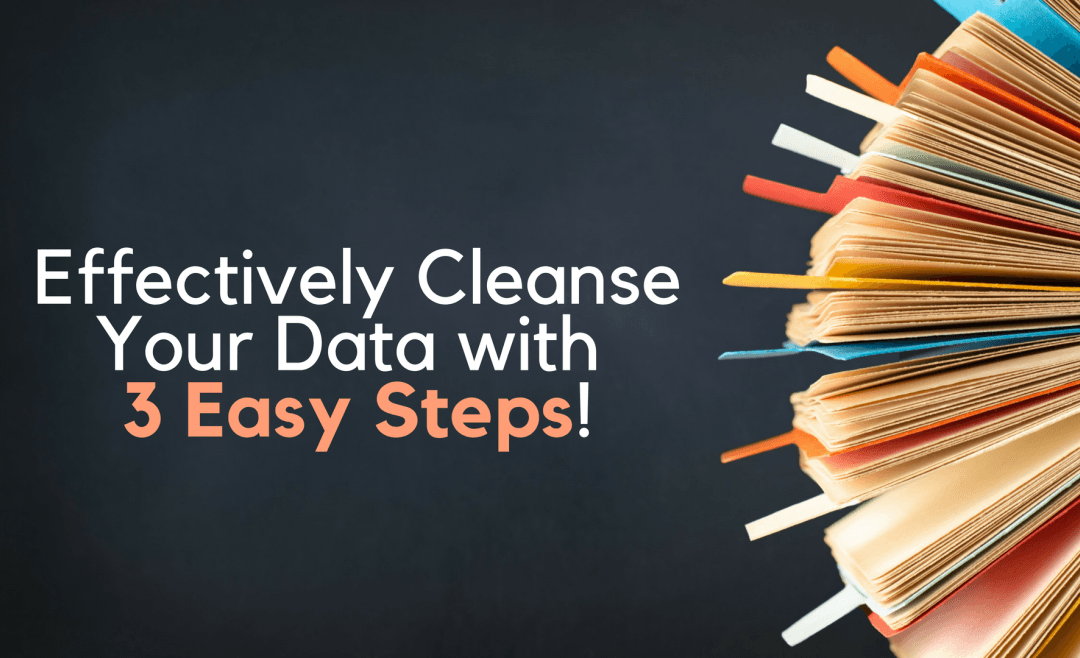When your organization has incomplete and inaccurate data, it ultimately affects major aspects of the infrastructure such as maintenance, operations, asset integrity, reliability, materials utilization, engineering and planning. Many companies fail to effectively cleanse data and ensure that their data is up-to-date and complete, which results in bad data. Therefore, generating high-quality EAM data is critical for your operations to run effectively.
The effects of bad data can be detrimental to your organization. For one, it can drastically increase maintenance costs, which will lead to unexpected down time and decreased productivity. In addition, it increases exposures to risks, affects parts overages and wastes time searching for information. Without an adequate data foundation, EAM systems will fail to deliver their expected value. As a result, accurate and complete data is crucial for an organization to run efficiently. So how do you effectively cleanse data? Let’s look at 3 ways you can run an effective data cleansing project.
3 Steps to Effectively Cleanse Data:
- Prioritize Your Data
When you’re dealing with poor master data, your first instinct will be to fix everything all at once. A task of this magnitude cannot be completed simultaneously. Instead, creating a strategic list that highlights the most critical tasks is the best course of action.
First, focus on problems that have the largest impact on your company’s revenue and expenses. Next, you need to test your results after syncing back into your EAM, which allows you to evaluate which subsystems provides the greatest ROI. Lastly, reuse work across other similar subsystems so you can save time and money!
- Measure Your Progress
Measuring the progress of a data cleansing project is not an easy thing to do. To achieve this, you should remain focused on your ROI-based business objectives. Be mindful of what your company is trying to accomplish and how your EAM system can be used to achieve this.
To measure your progress, design 10-15 KPIs around master data which will help you achieve completeness, accuracy and suitability in accordance with attaining your desired objectives. Then, use a staging solution where you can easily visualize data completeness through intuitive dashboards and reports that can be configured around specific metrics and KPIs.
- Adopting and Setting Your Standards
Most businesses have a hard time adopting effective standards of master data. Without this, maintenance operations tend to suffer significantly because they are too demanding, and the implementation is too difficult.
To avoid this, standards should be properly documented and readily available. Also, managing data in a solution that includes approval process ensures that all stakeholders are well informed and can comment on proposed changes. Lastly, use a solution that comes with a robust variety of out-of-the-box features such as reporting, KPIs and ISO 14224 compliance libraries.
To view more ways on how to run an effective data cleansing project, click here.
Running an effective data cleansing project should allow you to load, visualize, measure and fix your EAM master data in an easy and effective way. With solutions such as NRX AssetHub, asset-intensive companies now have access to scalable and simple-to-use software solutions. If you would like to learn more about how NRX AssetHub can assist your organization, contact us at 1-877-603-4679 or book a meeting today!
Share this article

